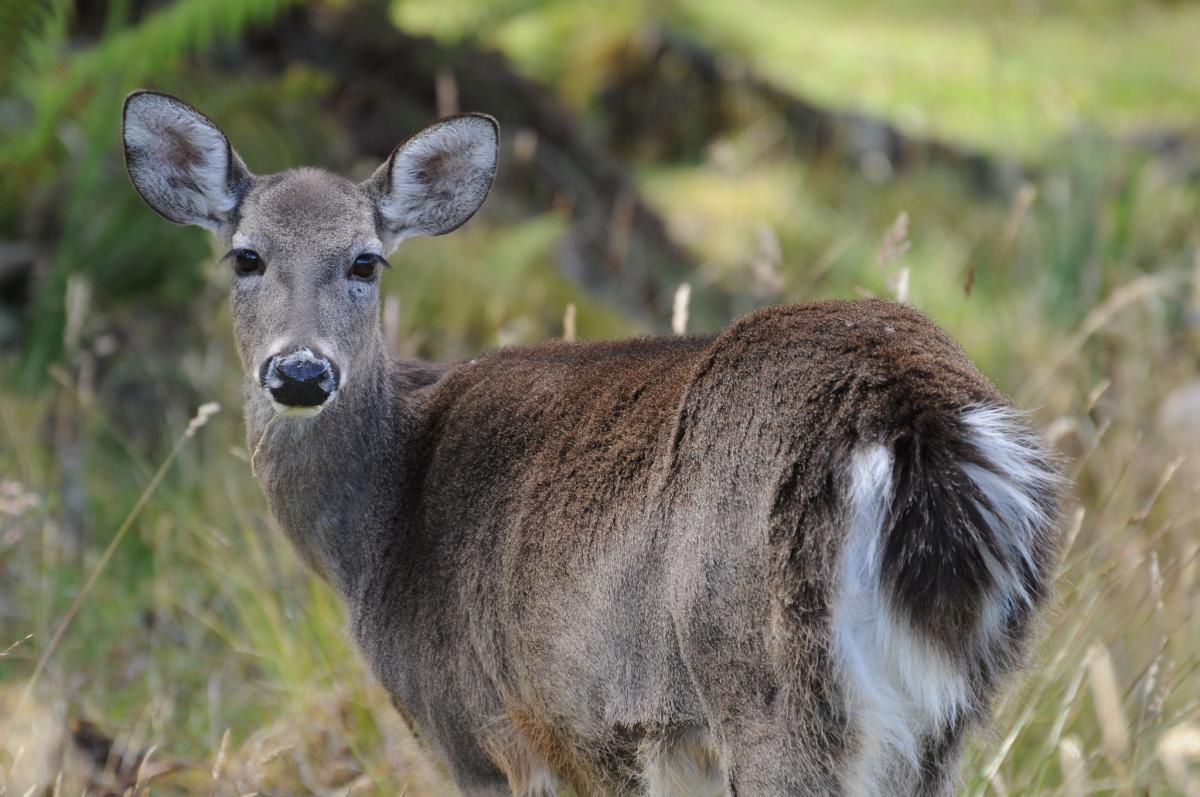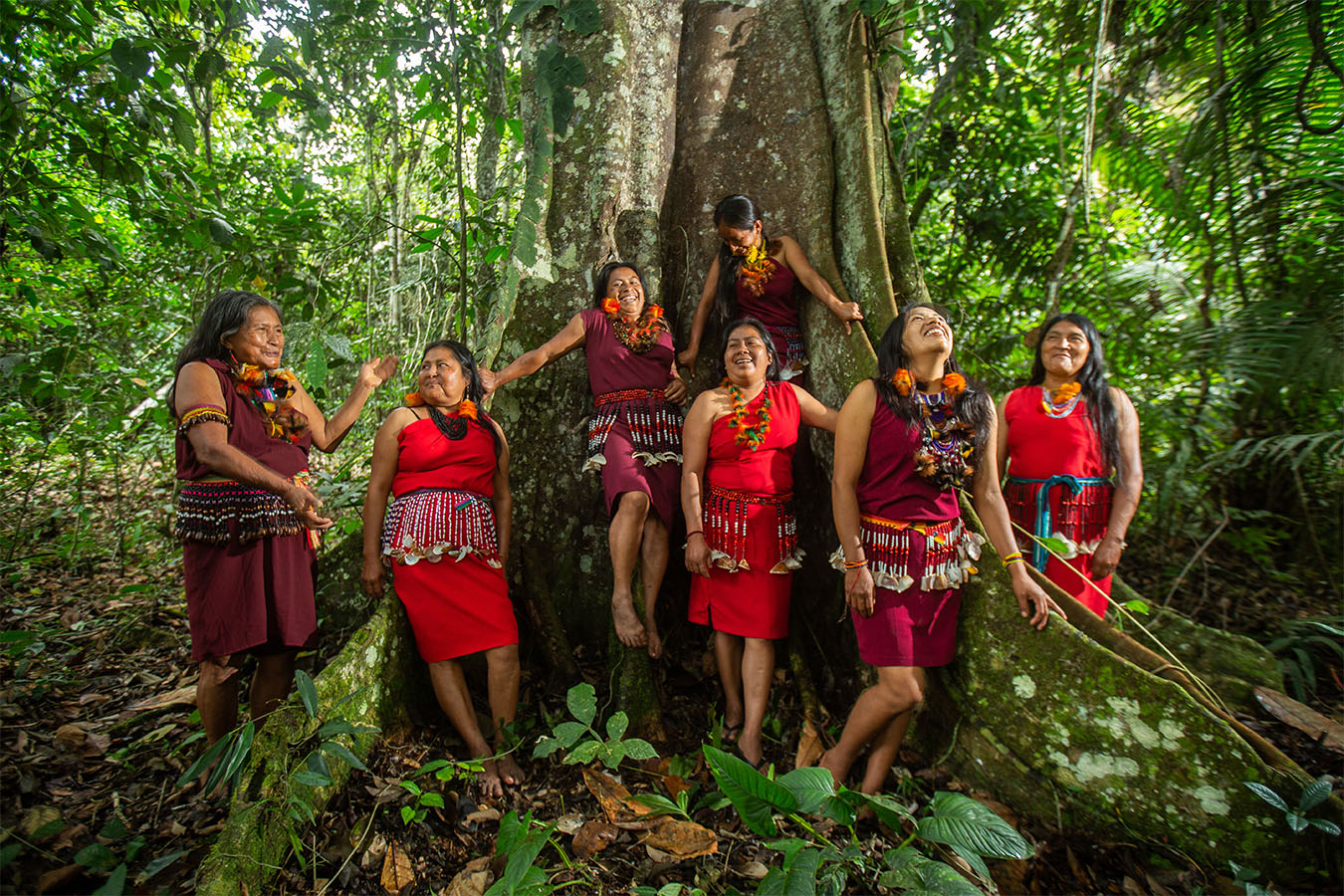Conservation prospects in Myanmar: a discussion
On November 13 at the World Parks Congress in Sydney, IUCN, FFI, and WCS organized a side-event on conservation prospects in Myanmar, perhaps the first of its kind at a global event. After presentations on the state of conservation in both the marine and terrestrial realms, a panel of Myanmar government and NGO representatives answered questions from the audience. What emerged was a thoughtful, hopeful, but sometimes troubling picture.
As the presentations showed, Myanmar has a lot going for it. It retains large areas of relatively undisturbed natural habitat and is critical for the survival of at least 15 species that are endemic or near endemic. Myanmar has an active civil society strongly engaged in environmental issues, government staff who have demonstrated commitment to conservation, and growing international support.
The panel discussion also highlighted several challenges. First and foremost was the continuing conflict in border areas, where many of the largest tracts of high conservation value forest are under the control of ethnic armed groups. Conservation is occurring in these areas despite a history of conflict and displacement. The Karen National Union, for example, recognizes wildlife sanctuaries and community forest management in areas that it controls in Tanintharyi Division and Kayin State, areas that may be the last refuges of some of Asia’s most threatened large mammals. Customary management practices also contribute to sustainable use. As panelists emphasized, however, peace is essential to long-term conservation success.
Second, the economic liberalization that began with the political transition in 2011 has triggered a surge in land grabbing without fair compensation. In some parts of the country, notably in Dawei where a huge Special Economic Zone is planned, development is now synonymous with land confiscation. These land grabs have implications for the creation of new protected areas (the government is committed to doubling the area under protection by 2030) because if done without adequate consultation and community support it could be perceived as “green grabbing” and resisted.
Multiple panelists advocated for an approach that engages communities in protected area management, respects traditional land use, and upholds FPIC. While co-management is not formally recognized by national law, the establishment of community forestry in buffer zones is a promising avenue for community participation. The establishment of community managed protected areas can also contribute toward Myanmar’s protected area coverage target.
A third challenge is the need for greater information sharing and coordination between ministries and among regions, especially on land use issues. The Ministry of Environmental Conservation and Forestry (MOECAF) is leading the development of a new national land use policy, but how the policy and land laws will be implemented across ministries remains uncertain. Rapid political decentralization elsewhere in the region has often been accompanied by rapid deforestation. The decentralization process in Myanmar can draw lessons from this experience.
Until recently, Myanmar’s UNESCO World Heritage Site (WHS) Tentative List had eight sites, all of them cultural. But in early 2014, MOECAF added seven natural sites. Visits to two of them (Natmataung National Park and Indawgyi Wildlife Sanctuary) concluded that their nomination as WHS would be challenging, primarily because of concerns over their integrity. In early 2015, an assessment of Hkakaborazi National Park is planned, which will include the rich mid-elevation mixed broadleaf forest to the south of the park, a habitat that has almost disappeared in the adjacent Three Parallel Rivers WHS in China.
Several sites on the Tentative List are transboundary and the question was raised whether trying to achieve WHS status and the complexities of transboundary management were distractions when the priority should be on better management of the existing protected area network.
The panelists responded that because WHS status attracts considerable international attention, it can be used to fend off damaging development in and around protected areas. It also sets high standards in terms of conservation values and management quality, standards that MOECAF aspires to reach. As for transboundary management, panelists replied that though it is difficult but essential because many threats and opportunities come from Myanmar’s neighbors. For example, Myanmar is home to 10% of the world’s 300 freshwater turtle and tortoise species. Several of these are on the verge of extinction in the wild, largely due to their illegal export.
Transboundary conservation offers major opportunities. One of the Tentative List sites is the 280-km long Tanintharyi Forest Corridor. This corridor, which contains species assemblages from the Himalayan, Indochinese, and Malayan bio-geographic realms, is adjacent to the Western Forest Complex in Thailand where the tiger population has rebounded thanks to intensive patrolling supported by WCS, WWF, and others. These tigers are dispersing and will eventually extend into the Tanintharyi Forest Corridor where tiger densities are much lower. In this case, Thailand’s success is Myanmar’s success.
The event ended on a note of optimism, recognizing that while new threats loom, Myanmar is at a historic moment where government, civil society, and donors have the opportunity to collaborate as never before. After decades of isolation, the door is open to international cooperation. In the words of Win Naing Thaw, Director of the Nature and Wildlife Conservation Division: “Conservation in Myanmar is a huge ocean. If you can swim, jump in!”
IUCN’s participation at the World Parks Congress and the organization of this event was made possible in part by the UNEP China Fund through its support to the preparation of Myanmar’s new National Biodiversity Strategy and Action Plan.





